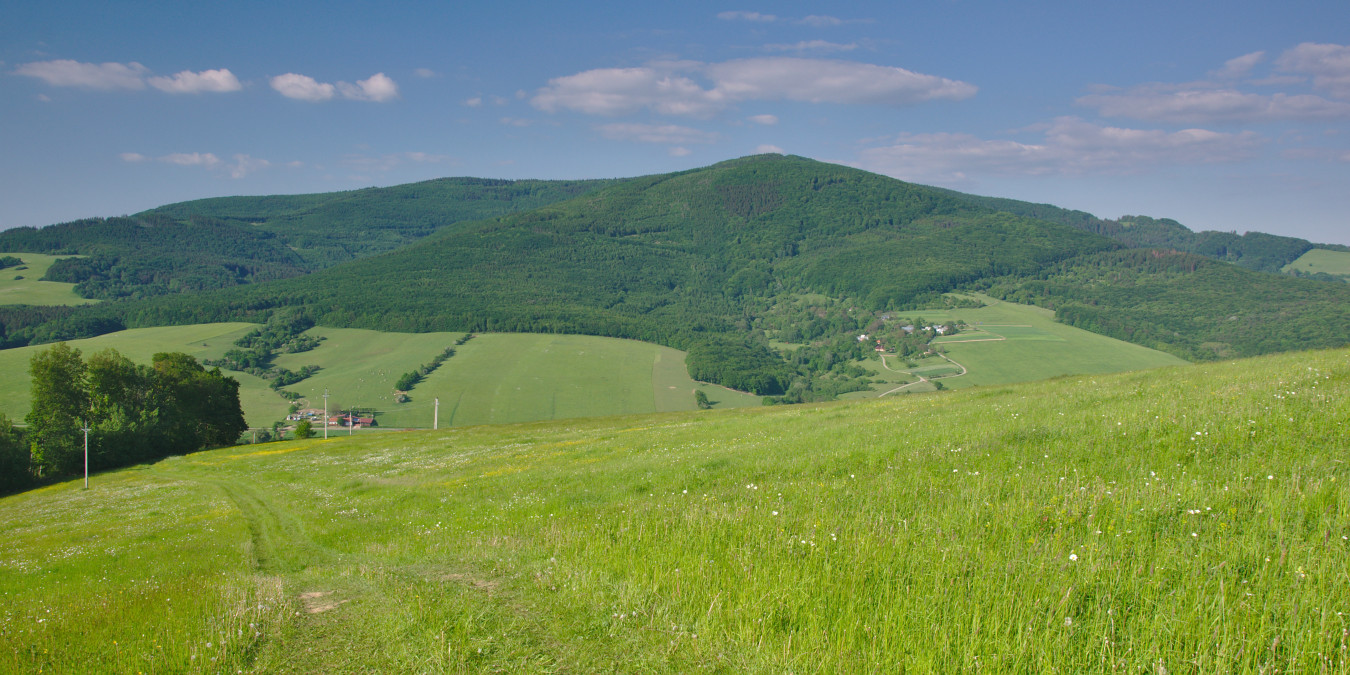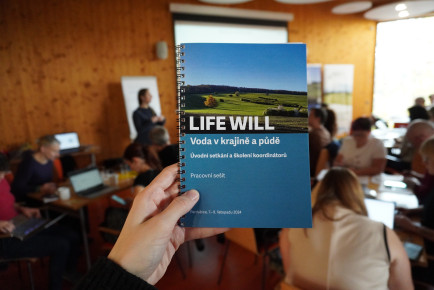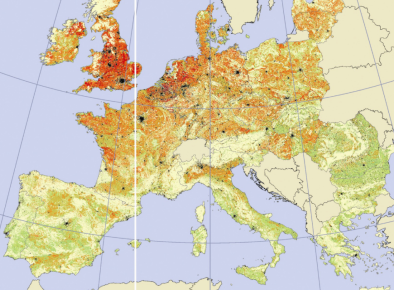How healthy is your landscape? See how it compares to the rest of the Czech Republic!
Published: Sep 25, 2023 Reading time: 5 minutes Share: Share an articleThe territory of the Czech Republic consists of a diverse range of landscape types, from the Boubín Forest to the industrial zones of large cities. Areas physically differ; for example, in mountainous terrain, the diversity of vegetation, soil water saturation, the proportion of urban areas, the amount and size of water bodies, forests, pastures, and fields, and the intensity of farming. All these factors impact landscape health, which, thus, varies from region to region. See how yours is doing!

The natural condition of Czech country is quite varied. The higher elevations receive more rain, while the lowlands around our largest rivers—the Vltava, the Elbe, and the Morava—nurture the most fertile soil. Human activities have turned the lowlands into farmland and left the trees on the mountains. The mountainous parts of Czechia are where the greatest natural wealth is found in forests and meadows—you can see the details in the previous part of our series.
The rugged terrain has helped preserve the current protected areas and extensively farmed land, often using methods with centuries of tradition. In the easily accessible fertile areas, agriculture has been intensified to a large extent, with forests disappearing and the diversity of the landscape showing signs of decline.
Link to the app: https://www.arcgis.com/apps/dashboards/bb4d24a26a2442dea33313537844adcc
Healthy border forests and damaged valley floodplains
In our assessment of the health of the Czech landscape, the Karlovy Vary, Liberec and Zlín regions came out as the healthiest. Here, a high proportion of afforestation, grassland, and extensive farming at higher altitudes contribute significantly to ensuring a healthy and productive landscape.
The forests and meadows of the White Carpathian Mountains in the Zlín Region have the highest ecosystem health values, which is a testament to their biological preservation in conjunction with traditional farming. The local forests also have the highest vegetation cooling values of the whole country.
The Karlovy Vary and Liberec regions benefit from a high proportion of wooded and grassy areas, which are also extensively managed. These three regions provide the most ecosystem services. In the case of the Liberec and Karlovy Vary Regions, this also applies to agricultural and urban areas.
How do we work on landscape restoration in Central Bohemia and South Moravia?
At the other end of the ranking is the capital city of Prague, followed by the Central Bohemia and South Moravia regions, which are largely agricultural areas. Most of them are intensively cultivated, significantly reducing the overall Landscape Health Index of these counties.
Forests occupy one-third of the territory of the Central Bohemia and South Moravia regions, and their health is one of the worst in the country. The forests in the Vysočina region are similarly poor. However, while their health is a legacy of spruce monocultures (now extensively damaged by bark beetle), the forests in the Central Bohemian and South Moravian regions are mostly smaller units scattered across an overheated agricultural landscape. In the past, these lands were drained for land reclamation, and the original floodplain forests were destroyed. Today, the fragmented forest areas can no longer provide equivalent ecosystem functions to our mountain areas.
Agriculture in the South Moravian, Olomouc and Central Bohemian regions also shows the lowest health in the country, in proportion to the prevalence of intensive farming. It is true that the more intensive the farming, the less biomass grows in the area, the less cooling and more monotonous it is. These counties are among our most degraded and threatened landscapes in terms of natural disasters.
Overheating Prague
The capital city of Prague stands out among other regions because it is more than half covered by urban development. Together with a quarter of the area covered by intensive agriculture, Prague's landscape represents an extreme degree of degradation beyond any other region's reach.
The urban agglomeration in Prague is very dense and extensive, with a minimum of greenery, which is of poor quality. In our assessment, built-up surfaces have almost zero cooling capacity, suggesting that the vegetation here is too sparse and arid to provide any ecosystem functions. Prague's agricultural areas and the South Moravian Region also scored the worst health values. A sweltering city surrounded by a ring of similarly sweltering expanses of intensive agriculture is an unpleasant place for humans or animals to live.
You may tell yourself that Prague is a city, so the results will never be glorious. However, in every city, there is room for improvement and inspiration.


